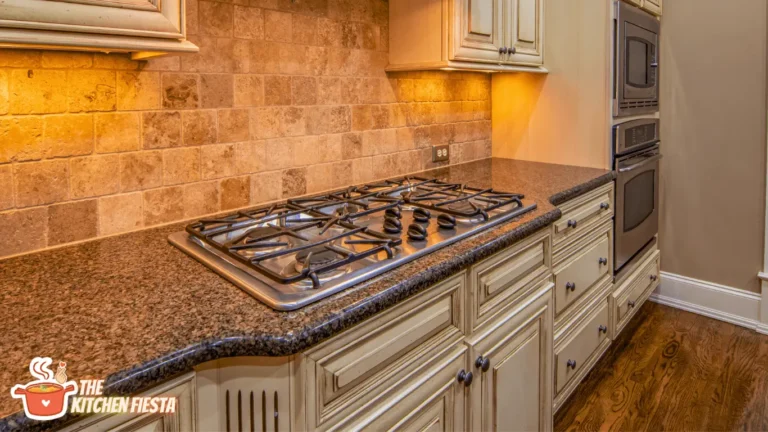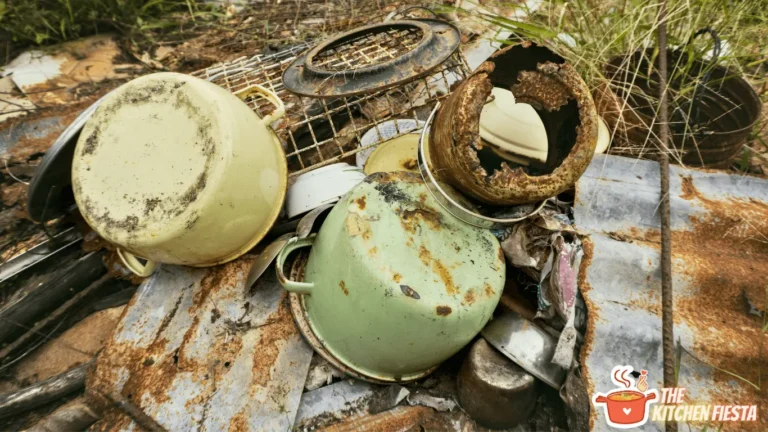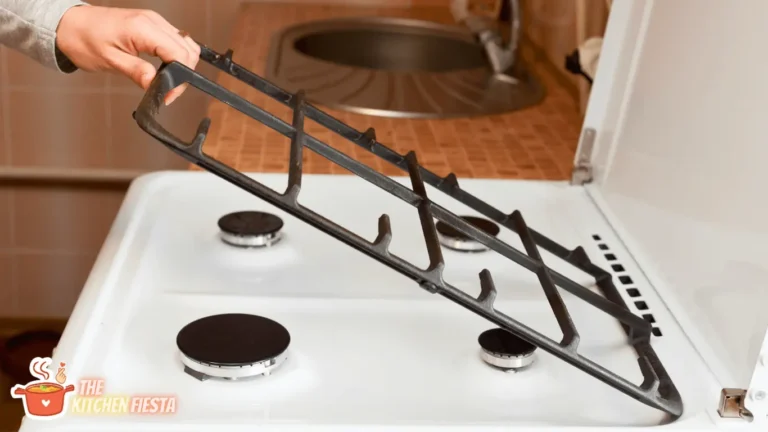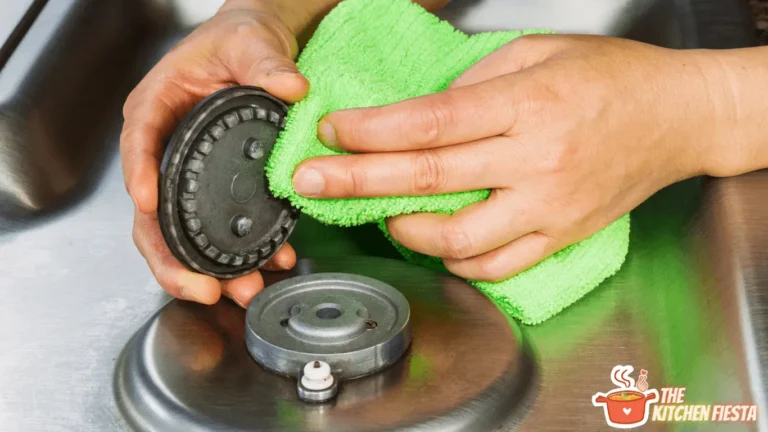What is Medium-Low Heat on a Stovetop? A Clear Explanation
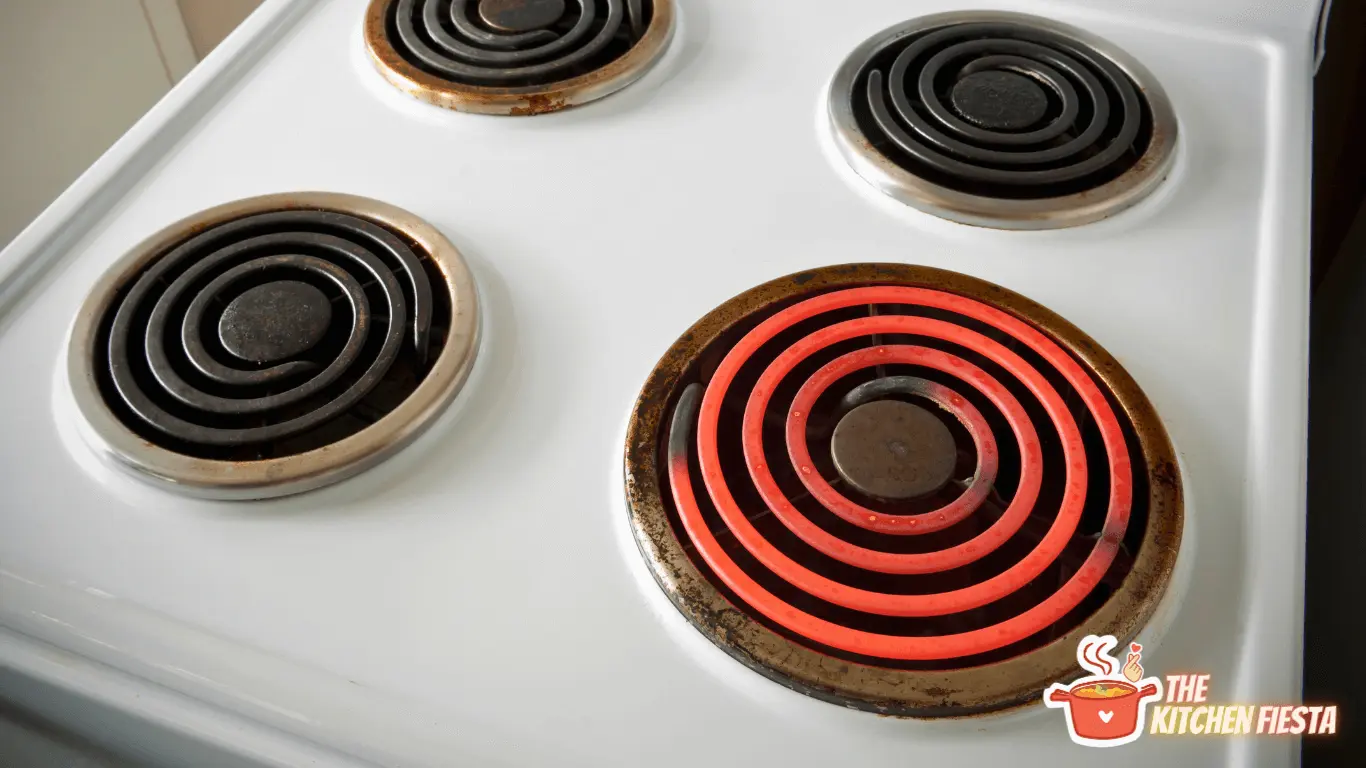
Medium-low heat is a commonly used temperature setting on stovetops. Still, many people are unsure of what it means.
In simple terms, medium-low heat falls between the low heat and medium heat settings. On a stovetop with numbered settings, medium-low heat is typically between the one and five marks. While the temperature range for medium-low heat can vary depending on the stove and the cookware being used, it generally falls between 250 and 324 degrees Fahrenheit or 121 to 162 degrees Celsius.
This heat setting is often used for cooking foods that require gentle heat, such as sauces, soups, or stews. Understanding how to use medium-low heat properly is essential for achieving optimal results in these dishes.
What are Stovetop Heat Levels?
When cooking on a stovetop, understanding heat levels is crucial. Each recipe requires a specific heat level, and knowing how to adjust your stove’s temperature can make all the difference in the final result.
Stovetops typically have three to nine heat settings, with low, medium, and high being the most common. The exact temperature range for each setting may vary depending on the stove. Still, general guidelines can help you understand what each setting means.
Low heat is typically used for gentle cooking, simmering, warming food, or melting chocolate. It’s also helpful in keeping food warm without overcooking it. The temperature range for low heat is usually between 150-200°F (65-93°C).
Medium heat is the most commonly used setting for cooking, such as frying, sautéing, and boiling. It is a moderate cooking temperature that falls between low and high heat. The temperature range for medium heat can vary depending on the stove, but it is generally considered around 325-375°F (163-190°C).
Medium-low heat is a temperature range between low and medium heat. It is often used for cooking tasks that require a gentler heat, such as simmering soups and stews or cooking delicate sauces. The temperature range for medium-low heat is usually between 250-324°F (121-162°C).
High heat is used for tasks that require a quick and intense burst of heat, such as searing meat or boiling water. The temperature range for high heat can vary depending on the stove, but it is generally around 400-450°F (204-232°C).
It’s important to note that the temperature range for each heat level may vary depending on the stove and the type of cookware being used. It’s always a good idea to test your stove’s heat levels with a thermometer or by using a small amount of food to gauge the temperature.
Defining Medium Low Heat
Medium-low heat is a temperature setting that falls between the low and mid-heat settings on a stovetop. This setting is generally used for cooking meals that require thorough cooking without burning or overcooking.
On a stovetop with nine numbered settings, medium-low heat can be anything above the one (1) mark setting and below the five (5) mark setting. Specifically, medium-low heat is indicated by the numbers 3 and 4 on the dial. When using these knobs, the temperature will range from 140°C to 160°C.
For stovetops with six numbered settings, medium-low heat is indicated by the numbers 2 and 3 on the dial.
It is important to note that adjusting the knob to the middle won’t always achieve medium-low heat, as stoves can vary in temperature output. It is recommended to use a thermometer to ensure the desired temperature is reached.
Medium-low heat is ideal for cooking meals that require gentle cooking, such as vegetables that need time to soften or when a rapid simmer is desired. It is also helpful for simmering sauces and soups without overcooking or burning them.
Factors Affecting Heat Levels
1. Stove Type
The type of stove being used can affect the heat level of the burners. Gas stoves tend to provide more precise control over heat levels than electric stoves, which may have a delay in adjusting the temperature. On the other hand, electric stoves can heat up more evenly across the pan surface due to their flat tops. Induction stoves, which use magnetic fields to heat the pan directly, are becoming more popular and can provide even more precise control over heat levels.
2. Pan Material
The type of material used in the pan can also affect heat levels. Copper and aluminum pans heat up quickly and evenly, making them good choices for dishes that require a quick sear or high heat. Stainless steel pans, on the other hand, take longer to heat up but retain heat well, making them suitable for dishes that require a longer cooking time. Cast iron pans are also popular because they keep and distribute heat evenly.
3. Cooking Time
A dish’s cooking time can also affect the heat level used. For dishes that require a longer cooking time, such as stews or braises, a lower heat level is often used to prevent burning or overcooking. A higher heat level is often used to achieve the desired result for dishes that require a quick sear or high heat, such as stir-fries or steaks.
Applications of Medium Low Heat
1. Slow Cooking
Medium-low heat is the ideal setting for slow cooking. This heat setting is perfect for dishes requiring long cooking, such as stews, roasts, and casseroles. Slow cooking allows the flavors to develop and the meat to become tender and juicy. Using medium-low heat ensures that the food cooks evenly and doesn’t burn on the outside while remaining raw on the inside.
2. Simmering
Simmering is another application of medium-low heat. Simmering is a cooking technique where the liquid is heated to just below boiling point. This is the ideal setting for cooking delicate foods such as fish, eggs, and sauces. The low heat ensures the food cooks gently and doesn’t break apart or curdle.
3. Sauteing
Medium-low heat is also used for sauteing. Sauteing is a cooking technique where food is cooked quickly in a small amount of oil or butter. This heat setting is perfect for sauteing vegetables, meats, and seafood. Using medium-low heat ensures the food is cooked without burning or sticking to the pan.
| Cooking Technique | Ideal Heat Setting |
|---|---|
| Slow Cooking | Medium Low Heat |
| Simmering | Medium Low Heat |
| Sauteing | Medium Low Heat |
Misconceptions About Medium-Low Heat
There are many misconceptions about medium-low heat on a stovetop when it comes to cooking. Here are a few of the most common ones:
Myth 1: Medium Low Heat is Too Low
Many people believe that medium-low heat is too low to cook anything properly. However, this is not true. Medium-low heat is a moderate heat that is ideal for simmering sauces, slow-cooking stews, and sautéing delicate ingredients. It is also great for keeping food warm without overcooking or burning it.
Myth 2: Medium Low Heat is Not Hot Enough
On the other hand, some people believe that medium-low heat is not hot enough to cook anything properly. However, this is also not true. Medium-low heat is hot enough to cook most foods, and it is especially useful for cooking foods that require a gentler heat, such as eggs, fish, and vegetables.
Myth 3: Medium Low Heat is the Same as Low Heat
Another common misconception is that medium-low heat is the same as low heat. However, this is not true either. Medium-low heat is a temperature setting that falls in between the low heat setting and the mid-heat setting. On a nine-numbered stovetop, medium heat can be anything above the one-mark setting and below the five-mark setting.
Myth 4: Medium Low Heat is Always the Best Choice
Finally, some people believe medium-low heat is always the best choice for cooking. However, this is only sometimes true. While medium-low heat is excellent for many types of cuisine, there are times when a higher or lower heat setting may be more appropriate. For example, if you want to sear a steak, you will need to use high heat, while if you’re going to melt chocolate, you will need to use low heat.
Overall, medium-low heat is a versatile and valuable heat setting that can be used for various cooking tasks. However, it is essential to understand and use its limitations.
Conclusion
In summary, medium-low heat is a valuable temperature setting that offers precise control when cooking delicate dishes. Falling between medium and low heat on a stovetop ensures even and thorough cooking without the risk of burning or overcooking. Although cooking may take longer, this slower process guarantees well-cooked meals. However, it’s important to remember that medium-low heat can vary across stovetops, necessitating a thermometer or visual cues to determine the optimal setting. Mastering medium-low heat empowers home cooks to enhance their culinary prowess and consistently prepare delicious, perfectly cooked meals.
Frequently Asked Questions
What is the temperature range for medium-low heat on a stovetop?
Medium-low heat on a stovetop typically ranges between 250 and 324 degrees Fahrenheit. It is lower than medium heat and higher than low heat.
What is the difference between medium-low and low heat on a stovetop?
The difference between medium-low and low heat on a stovetop is the temperature range. Low heat ranges from 200 to 250 degrees Fahrenheit, while medium-low heat ranges from 250 to 324 degrees Fahrenheit. Medium-low heat is slightly higher than low heat and is ideal for gentle cooking.
What type of cooking is best suited for medium-low heat on a stovetop?
Medium-low heat is best suited for simmering, gentle cooking, and making sauces, stews, and braised dishes. It is also ideal for cooking delicate foods like eggs, fish, and vegetables.
What is the equivalent number on an electric stove for medium-low heat?
The equivalent number on an electric stove for medium-low heat is usually between 3 and 4. However, it can vary depending on the stove and the manufacturer.
What are some common mistakes when using medium-low heat on a stovetop?
One common mistake when using medium-low heat on a stovetop is not preheating the pan properly. Another mistake is using too high heat, which can cause food to burn or cook too quickly. It’s also important to avoid overcrowding the pan, as this can cause food to steam instead of cook.
What is the best way to determine the temperature of medium-low heat on a stovetop?
The best way to determine the temperature of medium-low heat on a stovetop is to use a thermometer. However, if a thermometer is unavailable, you can test the heat by placing a drop of water on the pan. If the water sizzles and evaporates quickly, the pan is too hot. If the water evaporates for a few seconds, the pan is at medium-low heat.

